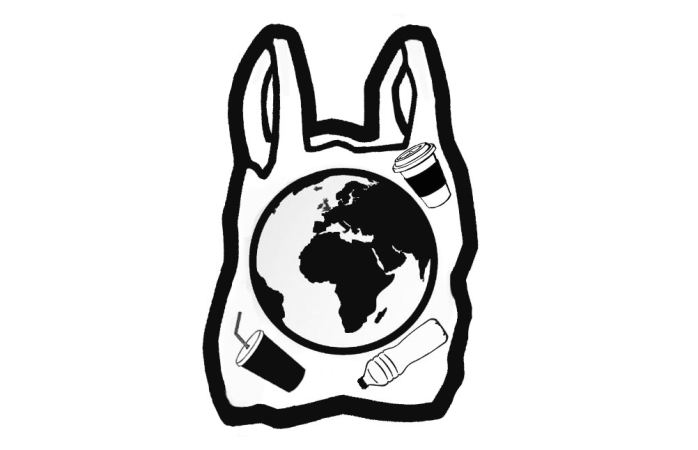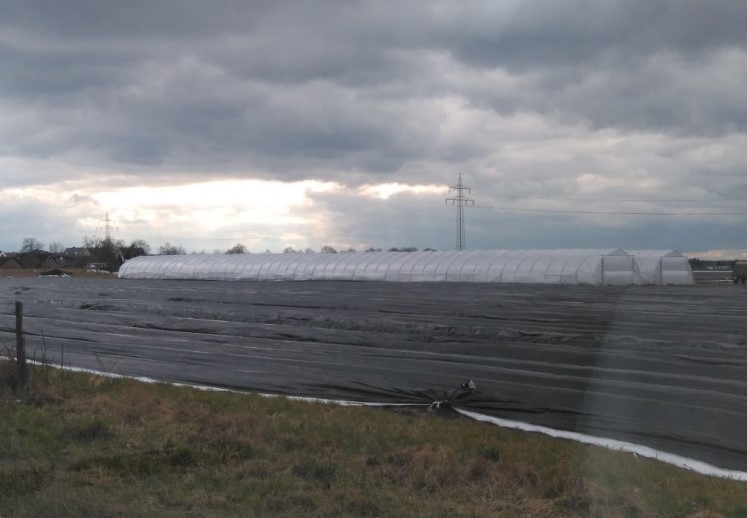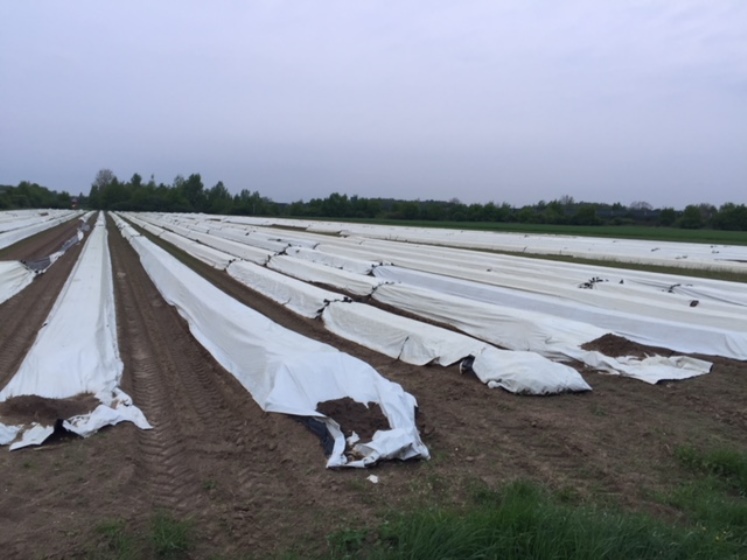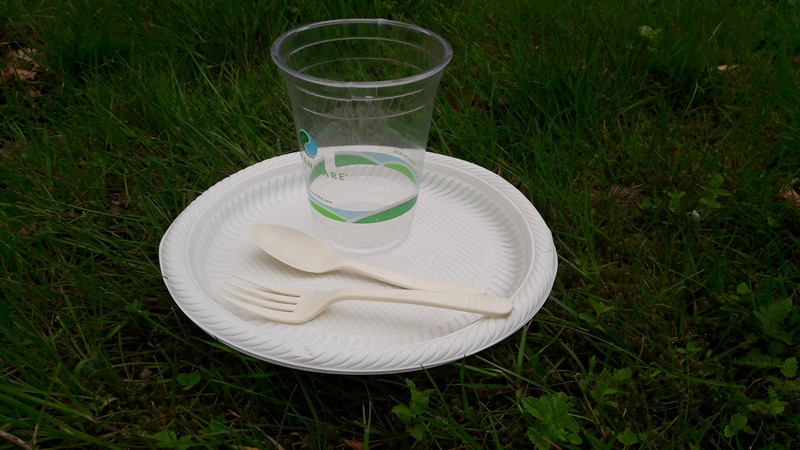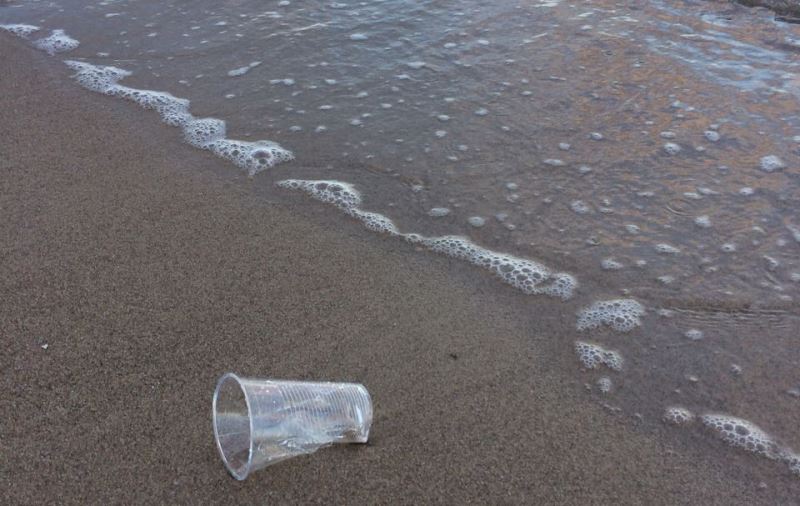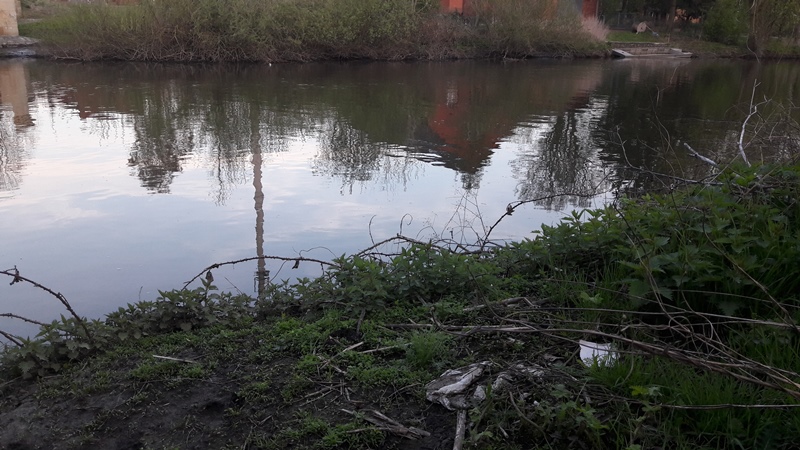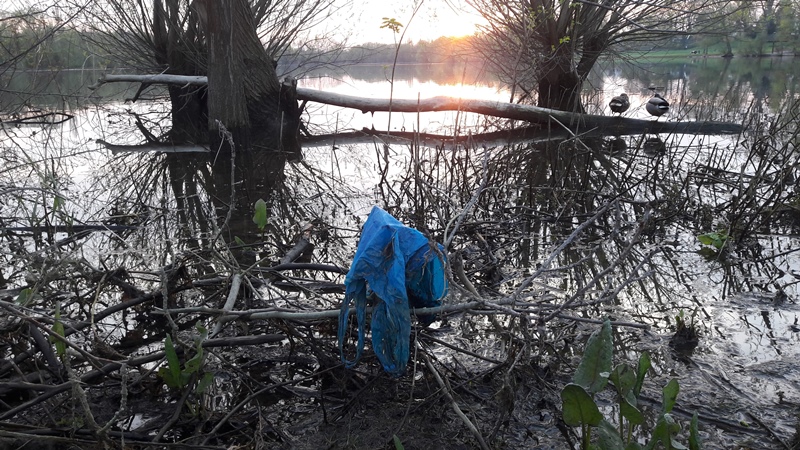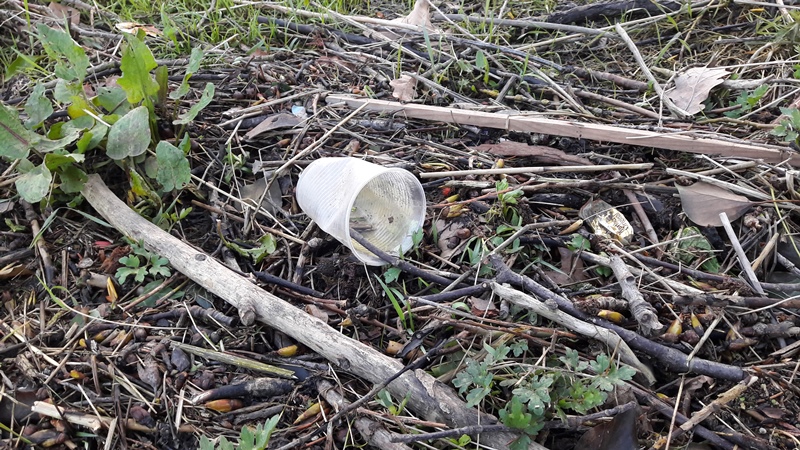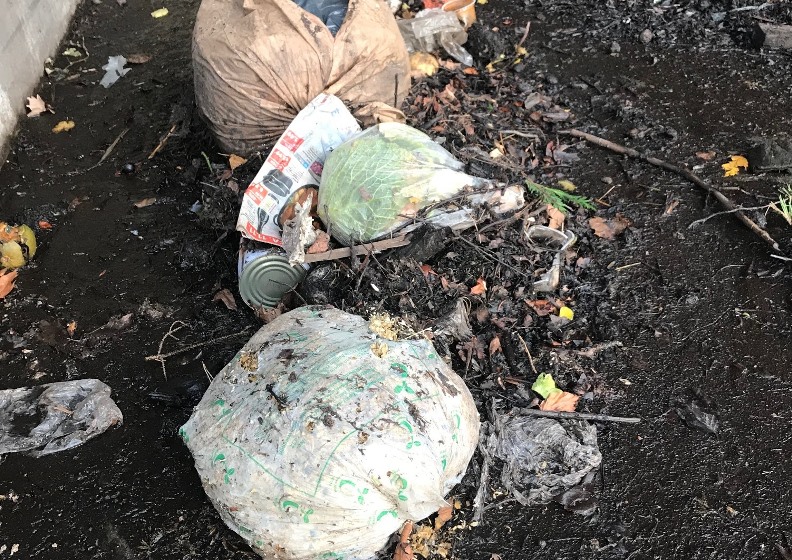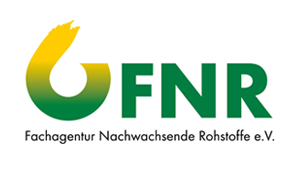Project
Biodegradable biobased plastics - Recommendations for appropriate use
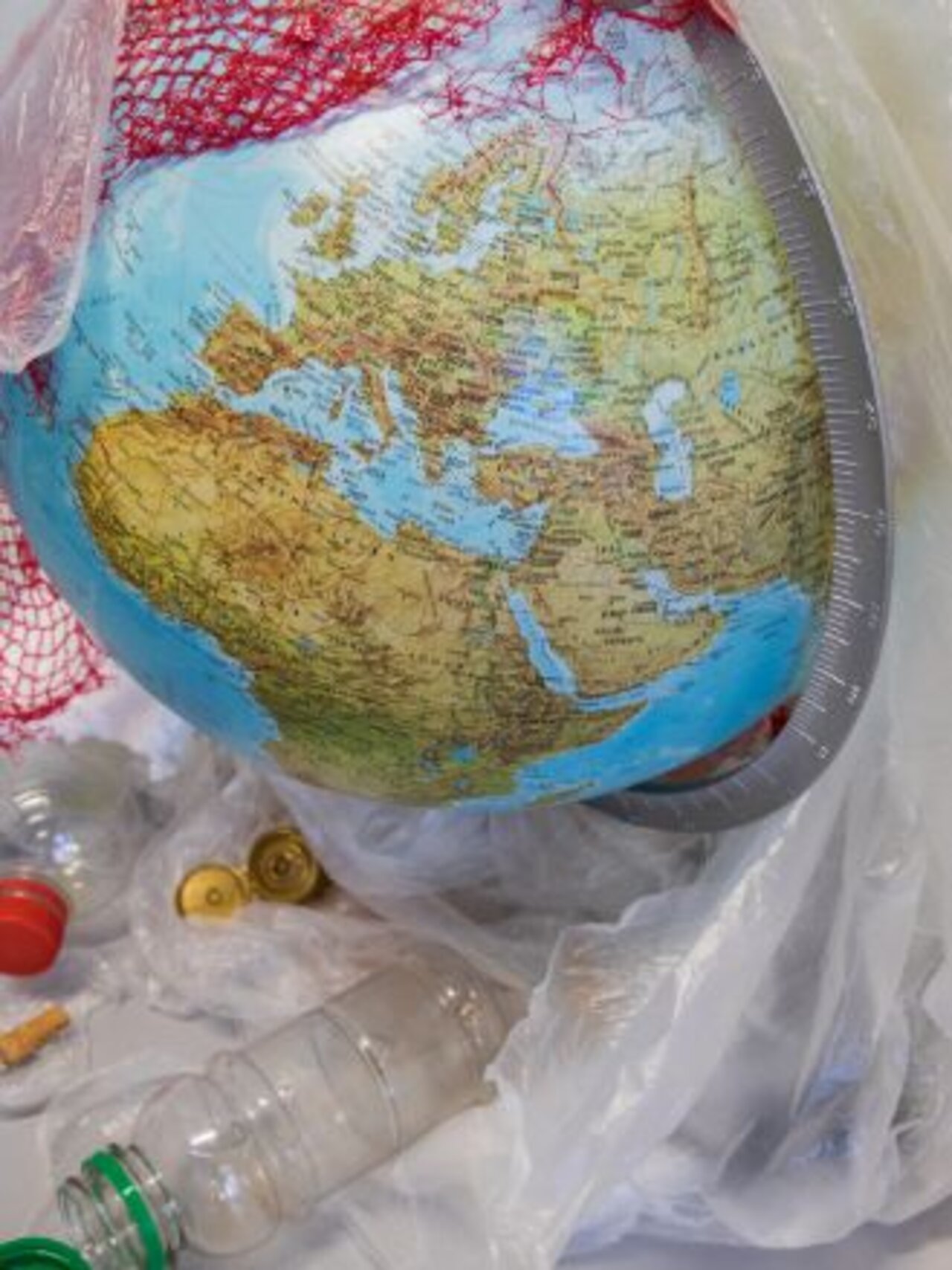
Biodegradable biobased plastics - Recommendations for appropriate use
Biodegradable biobased plastics (BBK) are often seen as a solution for the pollution of the environment with plastic waste. But where does substitution of conventional by BBK plastics make sense? The institutes for agricultural technology and market analysis are investigating this question.
Background and Objective
A world without plastics is hardly imaginable any more. At present, about 300 million tons of plastic are produced each year. As a result of improper disposal, plastic parts and fragments are released into our environment and can remain there for several centuries. In addition, many studies of the input and distribution pathways concentrate on so-called microplastics (fragments <5 mm), which are generated, for example, by abrasion and deterioration of packaging materials.
BBK can be one way of reducing pollution from plastic waste. With a share of less than 1% in the plastics market, biodegradable plastics still play a niche role, but form a growth market. In Germany and Europe, they are currently mainly used in the packaging sector. They have a promising application potential in agriculture and horticulture (e. g. as degradable mulch films and flower pots).
The biodegradability of BBK depends on many factors, such as the type of product, the additives it contains, the temperature, the availability of oxygen and the presence of appropriate microorganisms. Depending on the environment and the conditions there, the degradation varies greatly and can last from a few weeks to several years, also with regard to subsequent use.
For the use of BBK products without disposal requirements (e.g. mulch films) as well as BBK products with disposal requirements, the regulations for waste management apply. However, recycling and information for users also play an important role in order to implement and fully exploit the potential of BBK.
Up to now, there have been comparatively few scientific studies on the degradation behaviour and the distribution of BBK in marine, limnic or terrestrial habitats. Existing testing methods and standards for product labelling do not adequately reflect the degradation in the partially very heterogeneous habitats. Therefore they are currently being further developed.
The aim of the project is to compile the current state of knowledge on BBK with special consideration of degradation behaviour. In order to be able to use the special advantages of BBK in their application, these must be communicated along the value-added chains in a targeted manner. Using two selected case studies (BBK mulch films in horticulture and BBK catering tableware) as examples, the requirements to be made on communication within the entire value-added chain and on functionality are shown, so that an appropriate application is possible and biodegradability comes into play.
Based on these findings, recommendations for action are derived for the actors involved using the example of the two value-added chains and for politics in order to ensure the appropriate use of BBK products while avoiding harm to people and the environment.
Approach
The project is divided into several sub-areas, which are listed below.
- Summary of the state of knowledge on the distribution of BBK and its degradation products in the environment and in food and feed. The focus will also be on current studies of biodegradability in soil, freshwater and marine environments.
- Creation of a market overview for BBK and its applications, as well as the appropriateness of the applications
- Development of general requirements for sustainable design of BBK products
- Providing an overview of the relevant standards for testing the biodegradability of BBK as well as the activities of standardisation and guideline bodies; derivation of the need for action
- Identification of interfaces and communication requirements for the selected case studies (BBK mulch films in horticulture and BBK catering dishes) with the aim of optimally exploiting the potential of biodegradability
Results
On the basis of a comprehensive literature research on the most common BBP products:
- The current state of knowledge on the distribution, degradation behaviour and environmental impacts of BBP was determined. Existing gaps in knowledge and the need for action were identified in the areas of test procedures for degradability studies and determination of environmental impacts
- A market overview on the use of BBP products was prepared, the main changes in the legal framework in Germany and Europe were highlighted and the main sustainability criteria for assessing the use of BBP were established.
- Based on the results of 1. and 2., general requirements for the sustainable design of BBP products were established and substantiated using the example of two case studies. A lack of data on the environmental impacts of BBP as well as on information offers and assessment tools for BBP products that have been processed in a target-group-specific way was identified.
- An overview of the standards relevant to BBP for testing biodegradability and the current activities of standardisation and guideline committees were compiled.
- The need for information and support for decision-making processes in companies that use and develop BBP products as well as for the promotion of communication along the value chain is recorded. Partial responsibilities and interface problems were identified and action measures for their elimination were derived.
The project yielded an independent, scientific basis for further BBP research in the sense of bioeconomy through scientific and industrial research. The recommendations derived from the project are intended to stimulate scientific research to close existing research gaps and to provide the relevant committees with starting points for creating consistent framework conditions.
Involved Thünen-Partners
Funding Body
-
Fachagentur Nachwachsende Rohstoffe e.V. (FNR)
(national, öffentlich)
Duration
6.2017 - 10.2019
More Information
Project funding number: 22020716
Funding program: FNR
Project status:
finished
Publications to the project
- 0
Rovers AK, Bartsch J, Storz H, Zander K (2020) Mulchfolien aus biobasierten bioabbaubaren Kunststoffen: Ergebnisse aus Experteninterviews zu ihrem Einsatz in Gartenbaubetrieben. Schr Gesellsch Wirtsch Sozialwiss Landbaues 55:457-459
- 1
Bartsch J, Rovers AK, Storz H, Zander K (2020) Schlussbericht zum Vorhaben "Bioabbaubare biobasierte Kunststoffe - Handlungsempfehlungen für den zweckmäßigen Einsatz". 168 p

